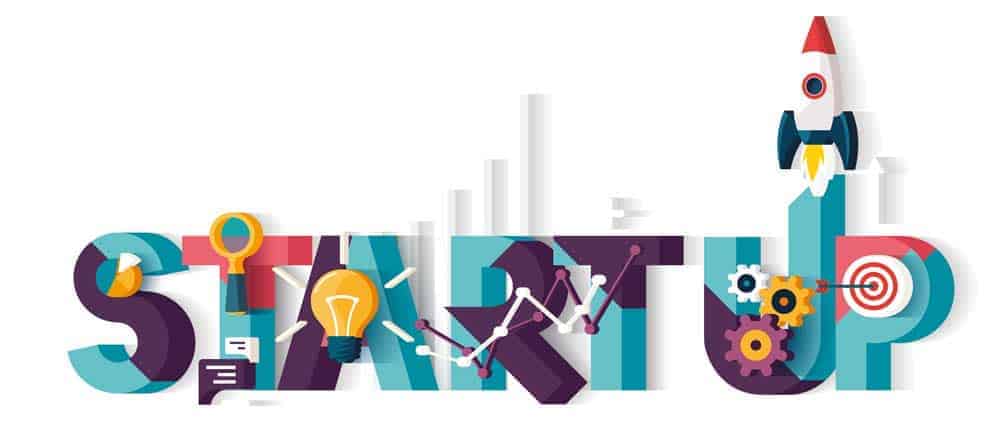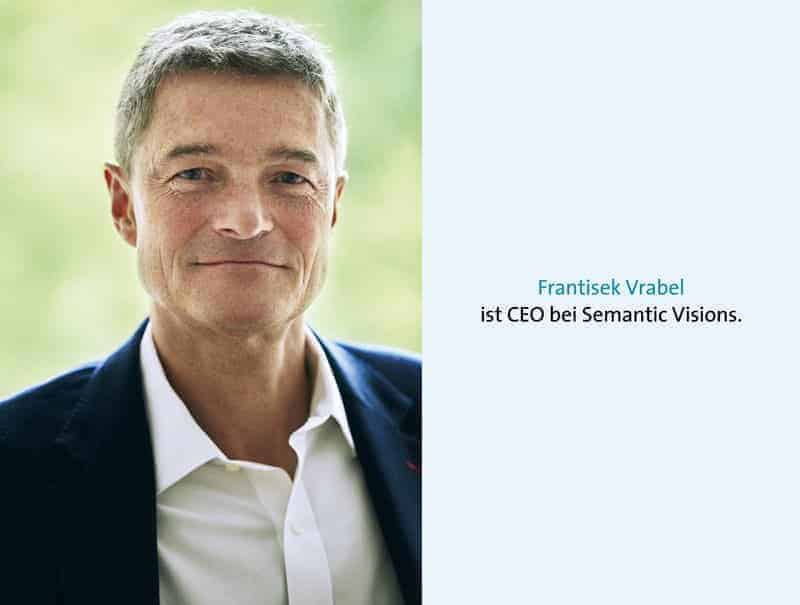Taking the pulse of our planet


Mr. Vrabel, you say on your company website that you would take the pulse of our planet and turn Big Data into actionable business intelligence - how did you come up with the idea and what hurdles did you have to overcome?
Frantisek Vrabel: Believe me or not, but it started in 2005. At the time, my previous start-up company, I2S, was working on major reform programs under U.S. Foreign Military Assistance.
After achieving our mission, the successful NATO expansions in 1999 and 2004, I thought what to do next. As a team, we had quite extensive experience in the so-called C4I (Command, Control, Communications, Computers and Intelligence) domain, which includes complex information systems, Big Data, the Internet and knowledge discovery.
It was in this context that I got the idea to create our current system, a system that would provide actionable intelligence to multinational corporations on a global scale.
We had already completed the first version of the system in early 2008, but that year we were hit by the global financial crisis. It took several years for the markets to recover and feel the need for our new type of services.
How does SAP Startup Focus contribute to this?
Vrabel: SAP Startup Focus helped us with go-to-market, which was critical for us. It helped us become visible in the global SAP organization.
We were invited many times to present and explain the nature of our innovative data services at numerous high-profile SAP events, which were also attended by SAP customers. In this way, SAP Startup Focus Semantic Visions helped "educate" the market.
Big Data and background noise are a well-known problem. You now say on your website that you have cracked the code to get the really important information. How does that work?
Vrabel: We automatically collect, analyze and synthesize 90 percent of the world's online news content, or over one million unique articles per day. In this way, Semantic Visions leverages the "long tail" of the Internet and is able to effectively operate its early warning systems.
Semantic Visions is not a search engine, but a detection engine. There is one main difference between the two capabilities that many people don't properly recognize. You can hardly use Google to search for the unknown, but you can productively use Semantic Visions to detect events that you don't know beforehand.
It is important to include as many sources as possible to increase the chance that the matter of interest will be recognized the moment it happens. On the other hand, the more information you process, the higher the entropy becomes.
The distinction between critical signals and irrelevant noise is achieved in several stages. The most important is semantic analysis, in which precision, granularity, and powerful multidimensionality play essential roles.
The final phase then involves a process called Big Data Semantics, which is "nothing more" than semantic analysis at the multi-document and multi-language levels. Easy to say, but hard to implement.
What role do Hana and Leonardo play in this?
Vrabel: Big Data Semantics is exactly the stage where Hana comes into play. Let me be specific here. The preceding stage of semantic analysis is performed by our own unmatched technology and without Hana, because the existing text analytics in SAP Hana for this kind of task are not applicable.
For the "Big Data Semantics" layer, we leverage the unprecedented speed of Hana, where our sophisticated algorithms work with high-value metadata, or smart data if you will - the results of the semantic analysis phase.
We squeeze the "information fruit" over and over until we get the kind of "juice" we need - actionable intelligence related to millions of businesses.
We do that on a continuous basis and in real time. As far as Leonardo is concerned, I believe in a balanced two-way collaboration. I have no doubt that Semantic Visions could benefit from Leonardo's AI and, on the other hand, Leonardo can benefit from Semantic Visions' absolutely unique corpus. The corpus consists of more than two billion documents with hundreds of billions of related metadata.
If you were to take up one point of your platform - what would it be?
Vrabel: Well, the uniqueness is in our whole solution. There is no one on the market that is able to deliver effective risk detection across a broad spectrum of threats and across millions of organizations and geolocations in real time.
When people look at your products, the buzzwords "risk" and "early warning system" often come up. How accurate are your calculations of risks and what data are used for this?
Vrabel: Technically, we don't make predictions, but philosophically, we do. What happens in the world, we see in most cases through media and other communication channels.
If it happens that our solution alerts you to a certain event, e.g. "deterioration of the financial situation" of one of your suppliers or "emerging threats" in a geographical area of your interest, before you become aware of it through your ordinary means, then predictions of the future are exactly what we do.
And then you have to consider another aspect. We as humans have rather limited abilities to perceive all available information, especially when there really is too much.
A human can barely keep a mental representation of tens of thousands of supplier companies in his head, but a computer can. Semantic Visions' early warning system was developed to meet the needs of large corporations, to provide them with an information environment. So they don't remain blind, as they often are. For this job, we use publicly available data on the massive scale I mentioned earlier.
What requirements do customers have to meet in terms of their own data, infrastructure and IT systems and software?
Vrabel: There are no special requirements other than being an SAP Ariba customer. Semantic Visions' solutions are fully integrated with the world's largest business commerce network.
We can call the service that Semantic Visions Service delivers for SAP Ariba a DaaS. The same model applies to the credit risk area, where we work with the company Deloitte.
What implementation times should potential customers expect and what support do you offer?
Vrabel: In this case, we rely on SAP Ariba because our solution is fully integrated. But technically, from our point of view as Semantic Visions, we start the data delivery within 24 hours after receiving the request from SAP Ariba.
IoT and Big Data are now obviously the big trends in IT for the foreseeable future - what are the next steps for Semantic Visions?
Vrabel: It's definitely AI (artificial intelligence). We are investing in this area on a large scale.






